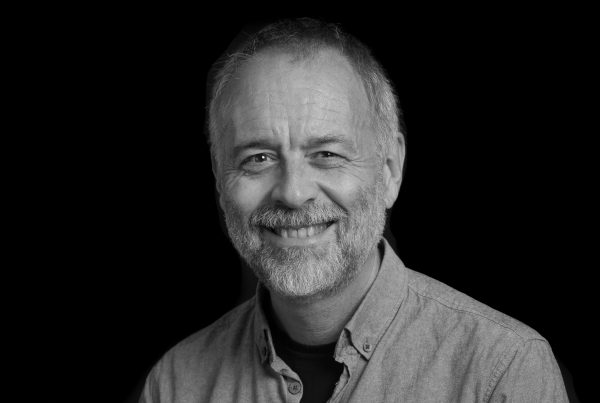Selected publications
– Marigo J, Roig I, Seiffert ER, Moya-Sola S & Boyer DM 2016, ‘Astragalar and calcaneal morphology of the middle Eocene primate Anchomomys frontanyensis (Anchomomyini): Implications for early primate evolution’, Journal Of Human Evolution, 91, 122 – 143.
– Minwer-Barakat R, Marigo J & Moya-Sola S 2016, ‘Brief Communication: On the determination of the Microchoerus (Omomyidae, Primates) remains from Sant Cugat de Gavadons (Late Eocene, Ebro Basin, NE Spain)’, American Journal Of Physical Anthropology, 160, 1, 162 – 168.
– Boscaini A, Alba DM, Beltran JF, Moya-Sola S, Madurell-Malapeira J 2016, ‘Latest Early Pleistocene remains of Lynx pardinus (Carnivora, Felidae) from the Iberian Peninsula: Taxonomy and evolutionary implications’, Quaternary Science Reviews, 143, 96 – 106.
– Bonilla-Salomon I, Minwer-Barakat R, Vianey-Liaud M & Moya-Sola S 2016, ‘Middle Eocen Rodents from Sant Jaume de Frontanya (Eastern Pyrenees, Northern Spain) and Biochronological Implications’ , Journal Of Vertebrate Paleontology, 36, 4, e1121149.
– Femenias-Gual J, Minwer-Barakat R, Marigo J & Moya-Sola S 2016, ‘Agerinia smithorum sp nov., a new early Eocene primate from the Iberian Peninsula’, American Journal Of Physical Anthropology, 161, 1, 116 – 124.
– Casanovas-Vilar I, Madern A, Alba DM, Cabrera L, Garcia-Pardes I, Ostende van den Hoek LW, DeMiguel D, Robles JM, Furio M, van Dam J, Garces M, Angelone C & Moya-Sola S 2016, ‘The Miocene mammal record of the Valles-Penedes Basin (Catalonia)’, Comptes Rendus Palevol, 15, 7, 791 – 812.
– Minwer-Barakat R, Marigó J & Moyà-Solà S 2016, ‘On the determination of the Microchoerus (Omomyidae, Primates) remains from Sant Cugat de Gavadons (Late Eocene, Ebro Basin, NE Spain)’, American Journal of Physical Anthropology, 160: 162-168.
– Urciuoli A, DeMiguel D, Moyà-Solà S & Rook S 2016, ‘New Hoplitomeryx Leinders, 1984 remains from the Late Miocene of Gargano (Apulia, Italy)’, Hystrix, the Italian Journal of Mammalogy, 27, 2.
